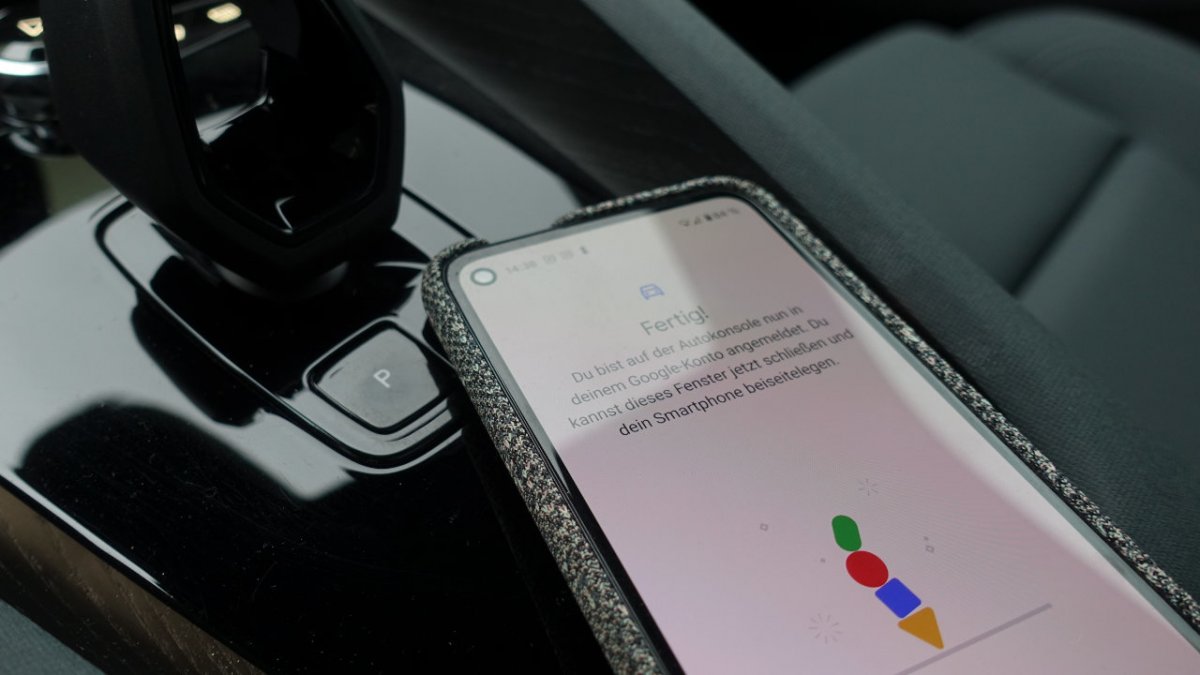Android Automotive OS: Does Google Still Give Automakers A Chance?
Source: Heise.de added 18th Jan 2021Android is actually not particularly suitable as an operating system for the telematics unit of the center console, the infotainment system. It boots for ages, it struggles with security problems and the rampant hardware growth has always kept Google on its toes. But the first current and probably all cars in the future rely on virtualization, as in the server area: Individual components run in their own virtual machine (VM), each with their own requirements for security and reliability. A so-called “hypervisor” manages the VMs, all of which share high-performance hardware. In order to become more independent from this, Google uses VirtIO as the standard. And so Alphabet dares to enter the telematics systems, first in the Polestar 2, later with PSA (Opel!) And GM.
Android Automotive OS in the Polestar 2 It took a while due to the high level of interest in this vehicle, but now we were finally able to install the Polestar 2 with Google’s infotainment Try OS. Although the operation differs significantly from smartphones, there are hardly any questions. Android Automotive OS (AAOS) is self-explanatory. At the very bottom there is a home soft button, the home display sorts the display on tiles, everything is very clear. The latency is low, the animations fluid, and what is remarkable: Polestar does not use particularly powerful hardware. 4 GByte RAM, 83 GByte Flash-ROM, quad-core SoC with 2.4 GHz maximum clock and GPU , separate DSP, radio, cooling fan, the box below / behind the TFT does not contain much more. The performance is on the level of a cheap smartphone.
It is all the more remarkable how well it works. The Polestar 2 is one of the most pleasant driving experiences currently available. Nothing tinkles, nothing annoys, and when the driver says “Play me a little Classic Rock from Spotify!”, The assistant plays Classic Rock from Spotify. The only downer of the manageable hardware performance from the user’s point of view: There is no offline language processing. However, since even small bandwidths are sufficient, the question is how much the customer is bothered by the ongoing network expansion. Either way, a very strong competitor, even for many competitors with significantly more powerful hardware.
Android Automotive OS in the Polestar 2 (21 Pictures) Sun the car arrived: large radio station view, large touch-compatible buttons.
(Image: Clemens Gleich) The Play Store Google gives gradually freeing up the Play Store for new AAOS developments, partly overlapping with the well-known Android Auto under the collective name “Android for Cars” and with design guidelines for low-distraction apps. Currently there are mainly apps in the “Media” category: software that plays audio data. Many radio stations have their streaming apps ready for Polestar drivers to install. Not yet unlockable, but in the development phase: navigation apps, parking space search or charging station finder. The selection of apps will therefore grow rapidly. Just imagine: “Calimoto” and “A Better Route Planner” integrated on the center console! That will be tough for Volkswagen, who want to offer a German automotive alternative to the Play Store.
Hardly any car manufacturer will have to ask whether they can do it better (the bitter answer is likely to be most know). The only question that remains is whether Google’s offer is priced right for the vehicle manufacturer. Perhaps Volkswagen could offer the cheaper alternative with Here Maps, which can therefore be a little worse. For me these lines read just as bitterly as for you or any other car German. One thing is certain: there is currently no offer comparable to Android, especially when it comes to the app ecosystem. And it is unlikely that Volkswagen will bring about such an alternative as the Wolfsburg superiors would like.
Android Auto-ready Android is not a typical center console operating system. It takes a long time to get through. It’s notoriously unsafe. And some latency behavior is also better elsewhere (compare the audio latencies of Android with iOS). This contrasts with the many advantages that made the system the leading mobile OS. Fortunately, smart virtualization largely neutralizes Android’s disadvantages.
brands: Especially Finder First GM Google It Mobile New One other Point of View Ram ROCK Smart Space Strong SUN Unit Volkswagen media: Heise.de keywords: Alphabet Android App Audio Console Google IOS Mobile Operating System OS Server Software Spotify
Related posts
Notice: Undefined variable: all_related in /var/www/vhosts/rondea.com/httpdocs/wp-content/themes/rondea-2-0/single-article.php on line 88
Notice: Undefined variable: all_related in /var/www/vhosts/rondea.com/httpdocs/wp-content/themes/rondea-2-0/single-article.php on line 88
Related Products
Notice: Undefined variable: all_related in /var/www/vhosts/rondea.com/httpdocs/wp-content/themes/rondea-2-0/single-article.php on line 91
Warning: Invalid argument supplied for foreach() in /var/www/vhosts/rondea.com/httpdocs/wp-content/themes/rondea-2-0/single-article.php on line 91
